
If big city life is not for you, you’re not alone. Eight out of the 10 largest U.S. cities lost population during the first year of the coronavirus pandemic, as families moved to the adjacent suburbs or packed up the SUV and relocated to smaller urban areas.
Small cities usually don’t offer as many professional options, but many are still thriving places to live. Several small cities in nine states experienced above average growth in employment and wages from 2015 to 2020. The largest of these booming small cities — Sioux Falls, South Dakota — has a population of only about 264,000 residents. (These are America’s 50 best cities to live.)
To identify the 11 best performing small cities in the United States, 24/7 Wall St. reviewed the report Best-Performing Cities 2022 – Charting Economic Resilience and Opportunity, published by the nonprofit economic think tank Milken Institute. The report looked at small metropolitan areas, rating each by an index comprising 11 measures, including employment and wage growth.
Six of these cities experienced double-digit wage growth from 2015 to 2020, led by St. George, Utah, where wages leaped by 28% in this five-year period. At the same time, employment growth in this small city located in the far southwestern corner of the state rose by more than 23%.
Thanks to an economic boom that has lasted more than a decade, Utah is home to two small metropolitan areas and three larger ones among the best performing cities in the report. (These are the best states to look for a job.)
Besides Utah, eight other states have best-performing small cities, including Idaho with two and California, Georgia, and Washington with one each. In Coeur d’Alene, Idaho (population 161,676) employment grew by 13% while wages increased by almost 20%. The metro area of about 192,000 people in Bend, Oregon, experienced similar growth.
The number of people in these cities holding a bachelor’s degree or higher ranges from 22% in Redding, California, to nearly 44% in the Champaign-Urbana metro area of Illinois.
Here are the small cities with the strongest economies this year
Click here to read our detailed methodology
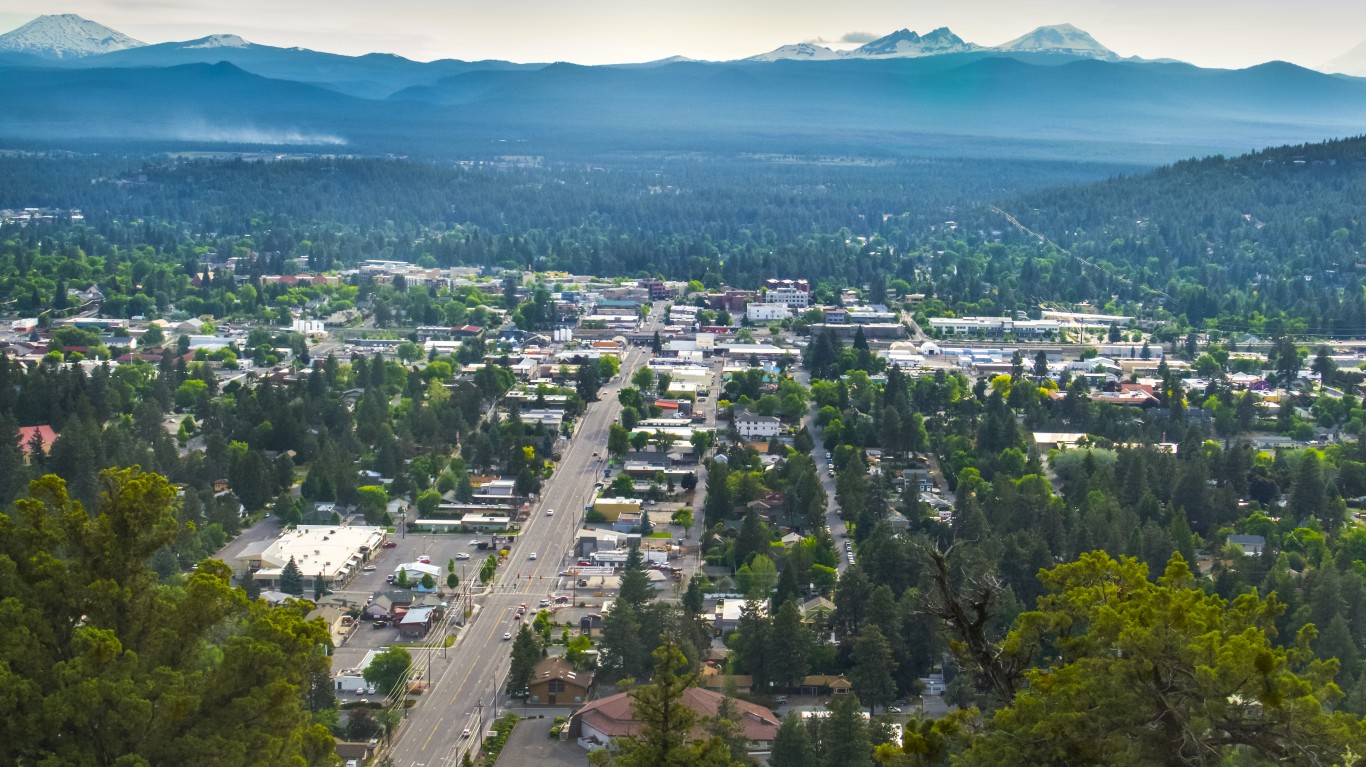
10. Bend-Redmond, OR (tie)
> Employment growth, 2015 to 2020: +11.5% — #5 highest out of 200 cities
> Wage growth, 2015 to 2020: +18.9% — #3 highest
> Adults with bachelor’s degree or higher: 37.2% — #24 highest
> Total population: 191,749 — #43 highest
[in-text-ad]

10. Abilene, TX (tie)
> Employment growth, 2015 to 2020: +2.4% — #36 highest out of 200 cities
> Wage growth, 2015 to 2020: +2.6% — #36 highest
> Adults with bachelor’s degree or higher: 24.4% — #102 highest
> Total population: 171,354 — #64 highest
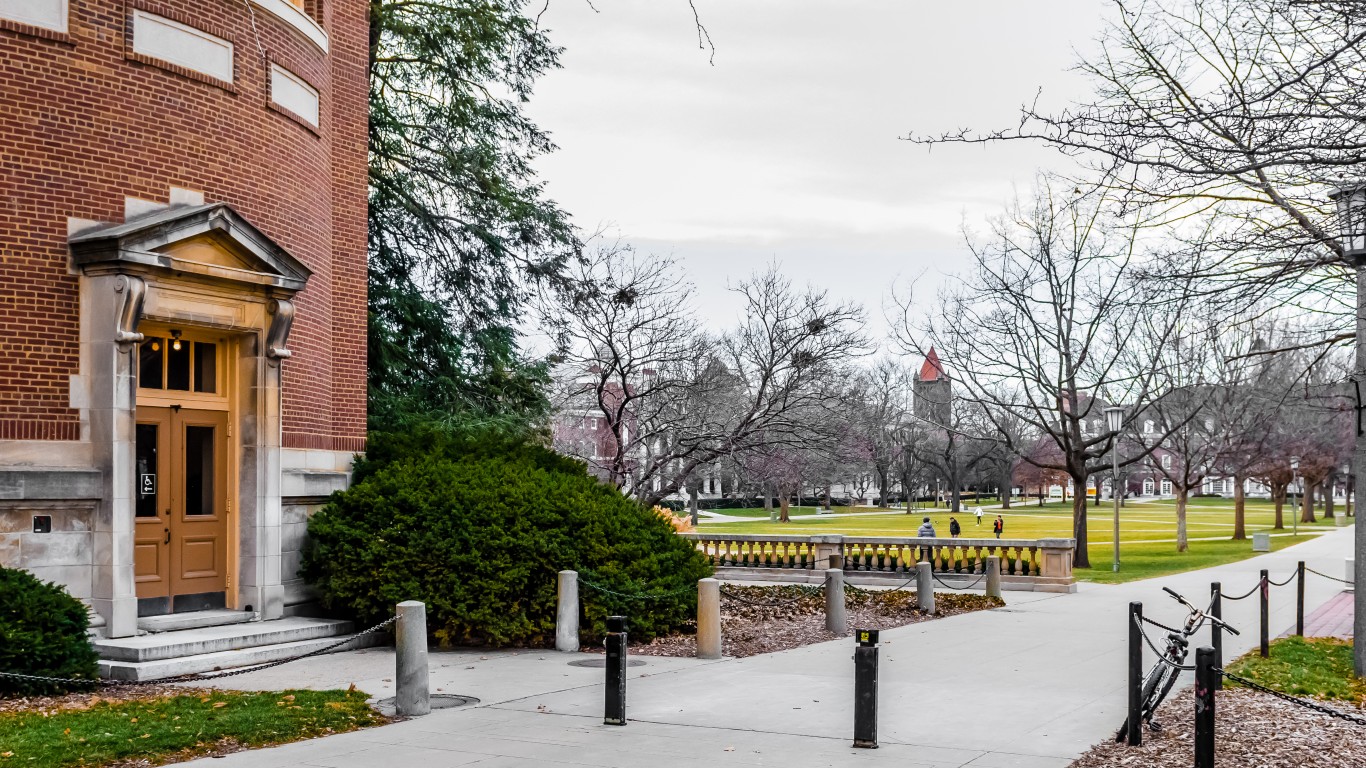
9. Champaign-Urbana, IL
> Employment growth, 2015 to 2020: +0.2% — #60 highest out of 200 cities
> Wage growth, 2015 to 2020: +-1.5% — #77 highest
> Adults with bachelor’s degree or higher: 43.7% — #13 highest
> Total population: 226,418 — #17 highest

8. Gainesville, GA
> Employment growth, 2015 to 2020: +9.3% — #9 highest out of 200 cities
> Wage growth, 2015 to 2020: +11.6% — #9 highest
> Adults with bachelor’s degree or higher: 24.0% — #105 highest
> Total population: 201,434 — #39 highest
[in-text-ad-2]

7. Sioux Falls, SD
> Employment growth, 2015 to 2020: +3.4% — #32 highest out of 200 cities
> Wage growth, 2015 to 2020: +7.2% — #15 highest
> Adults with bachelor’s degree or higher: 33.9% — #38 highest
> Total population: 264,437 — #4 highest

6. Walla Walla, WA
> Employment growth, 2015 to 2020: +3.0% — #34 highest out of 200 cities
> Wage growth, 2015 to 2020: +2.7% — #35 highest
> Adults with bachelor’s degree or higher: 28.6% — #67 highest
> Total population: 60,785 — #197 highest
[in-text-ad]
5. Idaho Falls, ID
> Employment growth, 2015 to 2020: +15.6% — #3 highest out of 200 cities
> Wage growth, 2015 to 2020: +12.2% — #8 highest
> Adults with bachelor’s degree or higher: 29.5% — #57 highest
> Total population: 148,811 — #99 highest

4. Redding, CA
> Employment growth, 2015 to 2020: +4.6% — #24 highest out of 200 cities
> Wage growth, 2015 to 2020: +8.0% — #13 highest
> Adults with bachelor’s degree or higher: 22.1% — #135 highest
> Total population: 179,267 — #52 highest

3. Coeur d’Alene, ID
> Employment growth, 2015 to 2020: +13.2% — #4 highest out of 200 cities
> Wage growth, 2015 to 2020: +19.8% — #2 highest
> Adults with bachelor’s degree or higher: 26.6% — #85 highest
> Total population: 161,676 — #80 highest
[in-text-ad-2]
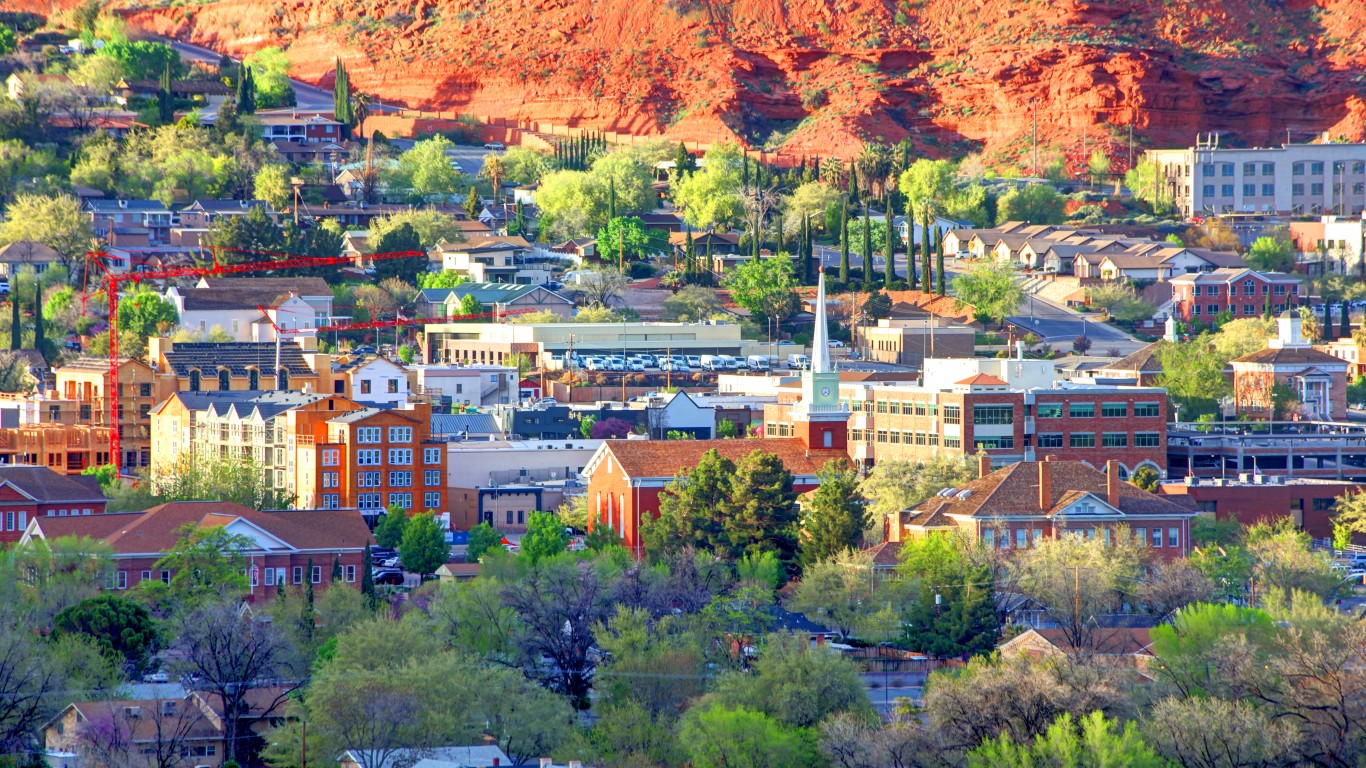
2. St. George, UT
> Employment growth, 2015 to 2020: +23.3% — #1 highest out of 200 cities
> Wage growth, 2015 to 2020: +28.1% — #1 highest
> Adults with bachelor’s degree or higher: 29.2% — #59 highest
> Total population: 172,127 — #63 highest
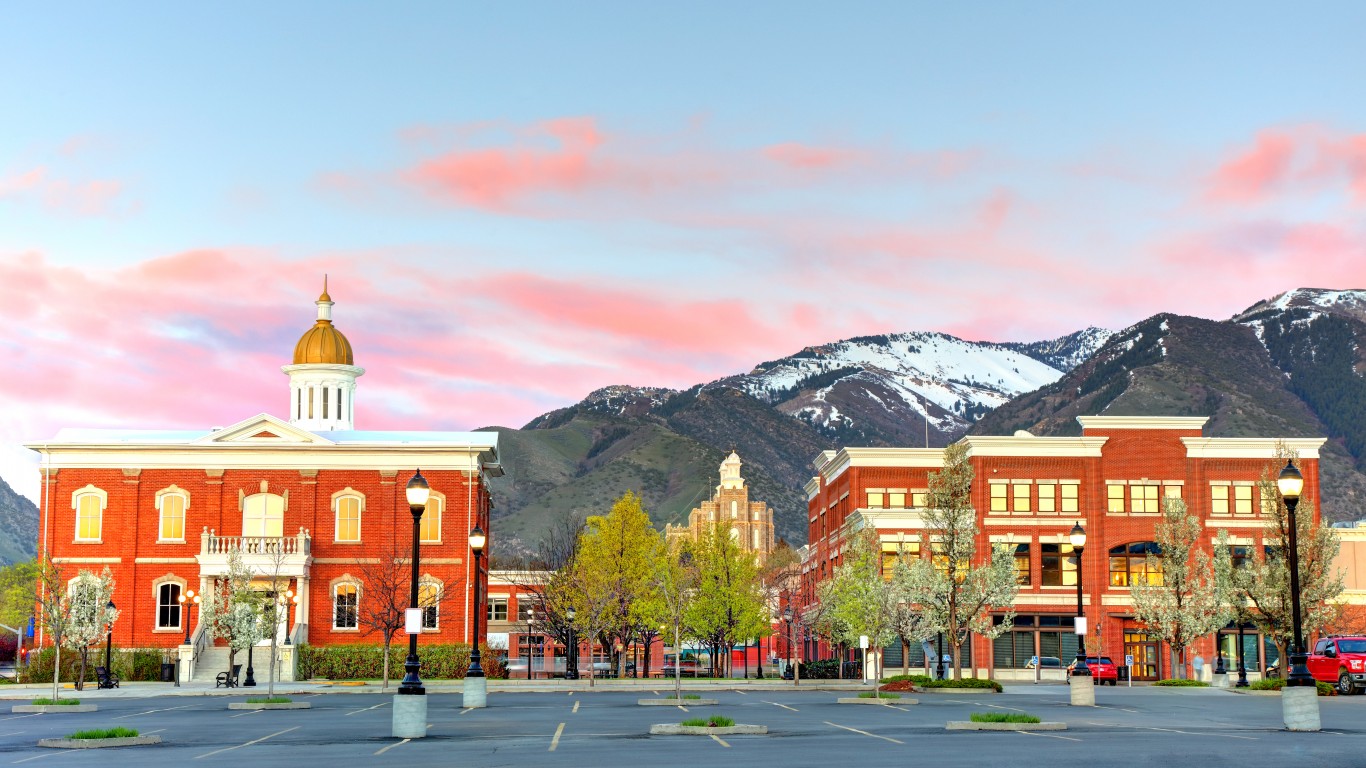
1. Logan, UT-ID
> Employment growth, 2015 to 2020: +10.3% — #8 highest out of 200 cities
> Wage growth, 2015 to 2020: +15.4% — #5 highest
> Adults with bachelor’s degree or higher: 36.1% — #27 highest
> Total population: 140,072 — #113 highest
Methodology
To identify the 11 best performing small cities in the United States, 24/7 Wall St. reviewed the report Best-Performing Cities 2022 – Charting Economic Resilience and Opportunity, published by the nonprofit economic think tank Milken Institute. The report looked at small metropolitan areas, rating each by an index comprising 11 different measures, including GDP, employment, and wage growth. Other measures include high-tech-related measures, access to broadband, and housing affordability.
Supplemental data includes the share of adults with a bachelor’s degree or higher for each metro and population from the U.S. Census Bureau’s American Community Survey 2020 five-year estimates.
Take Charge of Your Retirement In Just A Few Minutes (Sponsor)
Retirement planning doesn’t have to feel overwhelming. The key is finding expert guidance—and SmartAsset’s simple quiz makes it easier than ever for you to connect with a vetted financial advisor.
Here’s how it works:
- Answer a Few Simple Questions. Tell us a bit about your goals and preferences—it only takes a few minutes!
- Get Matched with Vetted Advisors Our smart tool matches you with up to three pre-screened, vetted advisors who serve your area and are held to a fiduciary standard to act in your best interests. Click here to begin
- Choose Your Fit Review their profiles, schedule an introductory call (or meet in person), and select the advisor who feel is right for you.
Why wait? Start building the retirement you’ve always dreamed of. Click here to get started today!
Thank you for reading! Have some feedback for us?
Contact the 24/7 Wall St. editorial team.
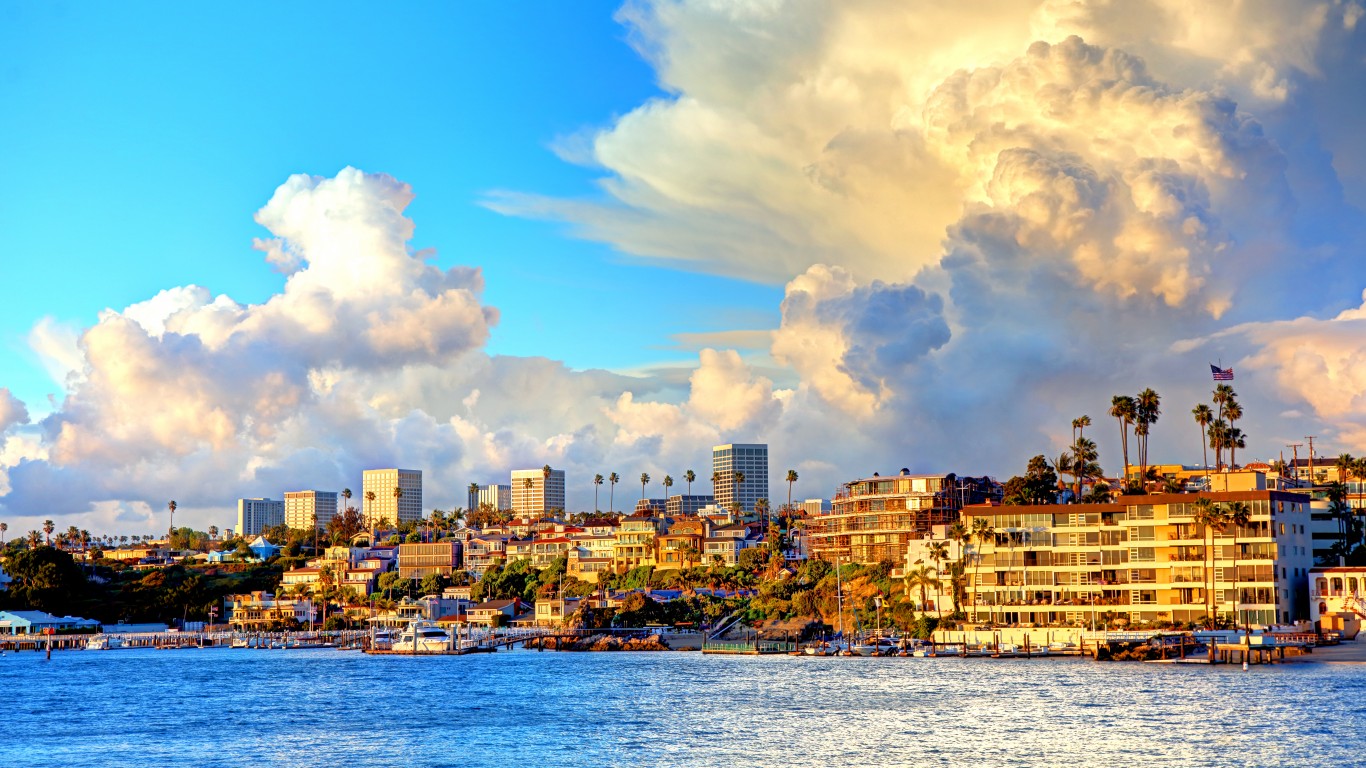 24/7 Wall St.
24/7 Wall St.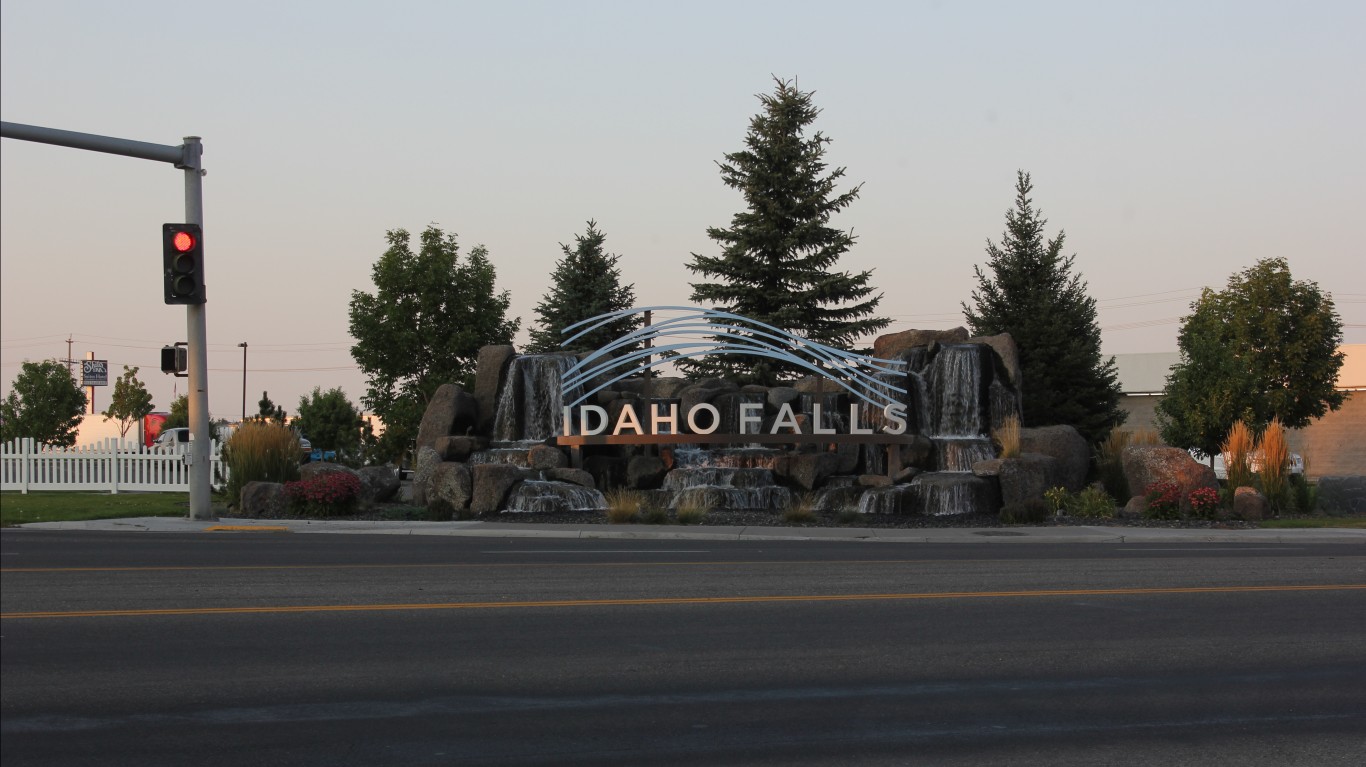
 24/7 Wall St.
24/7 Wall St.


